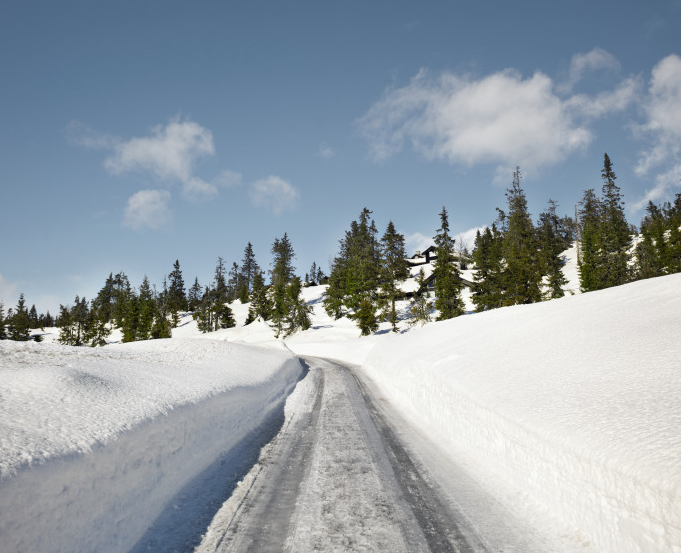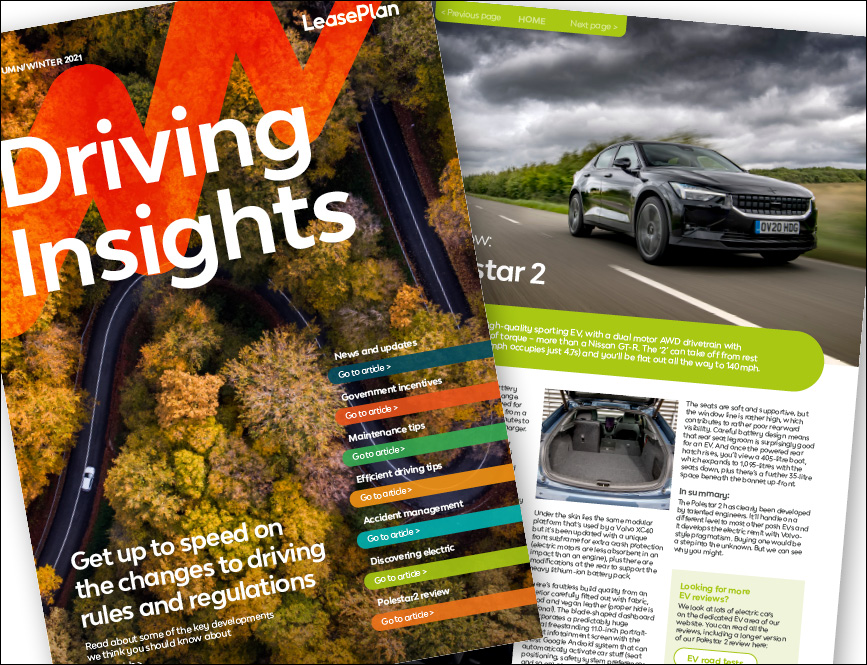It sounds as though we’re making a cute reference to a certain television show when we say that winter is coming. But winter is coming. The leaves are falling from the trees. The evenings are darkening. The weather has become unfriendly. For British motorists, all of this has certain connotations. Tis the season of feeling the council’s grit under your tyres, carrying de-icer and a scraper in your boot, and driving carefully lest there’s any black ice about.
But what about motorists in countries where winter is much harsher, or practically never-ending? Another television show has given us an insight into their plight. That show is Ice Road Truckers. You might have seen it on Channel 5 whilst gliding through the listings at night. It’s about the lorry drivers who brave extreme landscapes and climates, mostly in Canada and Alaska, to bring their cargoes where they need to be. A bit of frost in the morning? Pah! These guys have to deal with temperatures around 40 below freezing.
That sort of cold takes its toll on a vehicle. When temperatures move below zero, the chemical reactions within normal car batteries begin to slow down and seize up, making the car more difficult to start. In fact, at -18 C the battery has less than half of its usual potential.
And it’s not just the batteries. Motor oil is thickened. Brake fluids can freeze if left unmaintained. Tyres can depressurise and deflate faster than they usually would. All of which means that ice road trucks have to be fitted with some pretty specialist kit, such as winter tyres with deeper treads and hardier rubber. But, above all, it means that they need to be kept warm. Heaters are installed on many of these trucks, and are left running even when the vehicle isn’t. That way, none of its components can fall victim to the weather.
The drivers need those heaters too, of course. Getting stuck in a terrible snowstorm is one thing. Getting stuck without a source of warmth is quite another. Hypothermia can set in when a person’s body temperature passes from its normal 37 C to below 35 C. Frostbite can claim fingers and toes. For this reason, among others, ice road men need to be very careful about power and having enough of it. It wouldn’t do to run out of gasoline.
Does this mean that the profession is a dangerous one? It means that it can be. Tragedy can strike at any time, as if did for a British driver a few years ago. But, with proper vehicles and proper precautions, the risks can be minimised to the point where many drivers don’t much worry about them. According to the testimony of one trucker, ‘As long as you drive within the rules, it’s about impossible to wreck.’ He adds: ‘For me, it isn’t dangerous. In fact it’s boring.’
Perhaps it’s this boredom, the constant slow driving on white, which explains why ice road trucking has a particularly high turnover rate. The pay’s good, but the solitariness just ain’t worth it.
Strangely, colder temperatures can make the job even safer – at least in some respects. As another trucker explains here, some of the worst driving conditions occur when the ice has warmed up a little and is slick with wetness. He reckons that ice and snow have a stickiness to them in the extreme cold, creating better traction for vehicles. Much like when you pick up an ice cube straight from the freezer, and it clings to your fingers.
Hence why, for all that befell them on their journey to the North Pole in 2007, the old Top Gear team of Jeremy Clarkson, Richard Hammond and James May didn’t appear to do much slipping and sliding on the ice. Oh, and they also had highly specialised vehicles to help them on their way: a converted Toyota Hilux pickup truck with studded tyres that cost £2,500 each in Clarkson and May’s case, and, er, a dog sled with a team of huskies in Hammond’s case. If you’ve seen it, it’s another fine piece of television about driving in hazardously cold temperatures. You’ll also know that they made it in the end.
But it’s not all television. It’s not even just snowbound locations such as Alaska, Canada and the North Pole. You may remember the deep freeze that hit the United States a couple of years ago. Entire cities and towns were covered over with snow as temperatures declined to -26 C, the same as the Antarctic coast in winter. To some extent, this took ice road driving mainstream. The Internet was awash with tips for motoring through the storms. The state of Indiana even banned driving for three days.
The lesson is that bad weather happens, even in unexpected places. It pays to be prepared. This is part of the reason why Ice Road Truckers is such a compelling show. It’s a showcase for the sorts of skills and qualities that any of us need to make it through the winter: concentration, patience, consideration – and some hot, hot heat.
This is what underpins LeasePlan’s own advice for driving through the British winter, which we published last year. The M25 on a chilly December day may not be the same as the precarious ice road to a Canadian gold mine, but the thinking ought to be similar. ‘Safety first’, after all, is a universal ideal.




